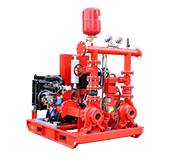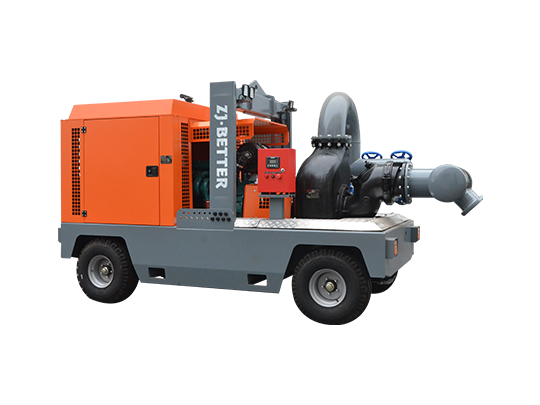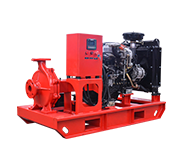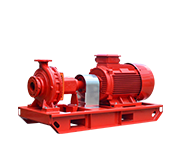The water hammer of the water pump station includes starting water hammer, closing valve water hammer and stopping pump water hammer (caused by sudden power failure and other reasons). The first two kinds of water hammer will not cause problems that endanger the safety of the unit under normal operating procedures. The water hammer pressure value formed by the latter is often very large, thus causing accidents.

The consequences of not installing a check valve in the pump:
1. Working condition of water pump
After the water pump loses power, the speed of the water pump drops sharply, and the water flow in the pump and the outlet pipe continues to move in the original direction due to inertia, but its flow speed decreases rapidly, and the pressure drops until the water flow stops flowing forward and the flow rate is zero. At this moment, the water pump is still running forward, and the water flow is positive flow (the movement of water flow from the water pump to the direction of the pool is called positive flow), which is called the working condition of the water pump.
2. Braking conditions
In the transient still water body with zero flow rate in the outlet pipe, due to the action of the static head of the outlet pool, a reverse flow from the outlet pool to the water pump is generated in the outlet pipe, and the reverse flow acts as a brake on the impeller of the water pump that is still rotating forward. The function forces the speed of the unit rotor to accelerate and decrease until the speed is zero. At this moment, due to the resistance of the forward-rotating impeller to the reverse flow, the outlet pressure of the pump gradually increases, and the transient working condition of the water pump at this moment is called the braking working condition.
3. Turbine working conditions
With the increase of the flow rate of the reverse flow, the speed of the pump reverses from zero and rises rapidly. At the same time, the centrifugal force of the rotating impeller on the water flow also increases, which hinders the reverse flow. This resistance increases with the acceleration of the reverse rotation of the impeller, causing the pressure behind the pump to rise rapidly, reaching the maximum at a certain moment, and the corresponding reverse rotation speed also reaches the maximum. While the resistance increases, it also resists the continuous increase of the reverse water flow, and gradually decreases after reaching a certain maximum value. The energy acting on the impeller also decreases accordingly, so that the reverse speed gradually decreases until under the action of a stable static head, the torque of the water flow acting on the impeller is balanced with the resistance torque of the rotating part of the unit, and the unit operates at a constant reverse flow and speed. Working like a water turbine without any load, the water hammer pressure disappears. This transient condition is called the turbine condition.
At the same time, the pressure change after the pump will be in the form of a water hammer wave along the outlet pipe to the outlet pool, and then reflected back by the outlet pool, forming a complex water hammer phenomenon in the outlet pipe, the anti-hammer check valve product Anti-hammer check valve can be selected.






